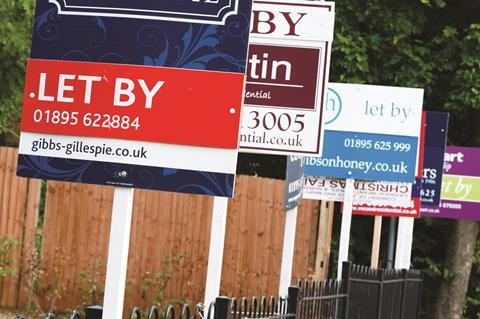Editor: We have celebrated the brilliance of build to rent at the RESI Conference for a decade, but you have to stop to ask what has the sector done for key workers, who are on or below the median wage and unlikely to qualify for traditional social housing?

I’ve a feeling that the answer is not very much. Now seems the right time to focus on delivering large amounts of key worker BTR.
We feel comfortable that renting is not a sign of failure or economic necessity, but a lifestyle choice. Yet much of the industry seems to turn a deaf ear to BTR for key workers. What we have built is largely a big-city, high-rise, full-service, premium product for affluent young singles or couples.
BTR should play a role for median wage earners as it offers choice, flexibility and freedom versus home ownership’s illiquidity and high transaction costs. But, from the occupier standpoint, the economic case is weak. A BTR tenant will typically pay 30% to 40% of income as rent with the expectation that rents will increase in line with earnings.
With a family comes concern about BTR suitability and housing security. At retirement, it looks even less attractive as for those on a pension of two-thirds of salary that 30% of income becomes 45% of pension. By contrast, home ownership offers the ability to fix housing costs through a fixed rate mortgage and benefit fully from any wage growth, followed by a reduction in fixed costs at retirement, congruent with the reduction in income.
If there is no occupier economic case for key worker BTR then now is the time to create one, or risk the sector appearing irrelevant to the population at large.
Jonathan Monnickendam, managing director, The Development Debt Consultancy





























No comments yet